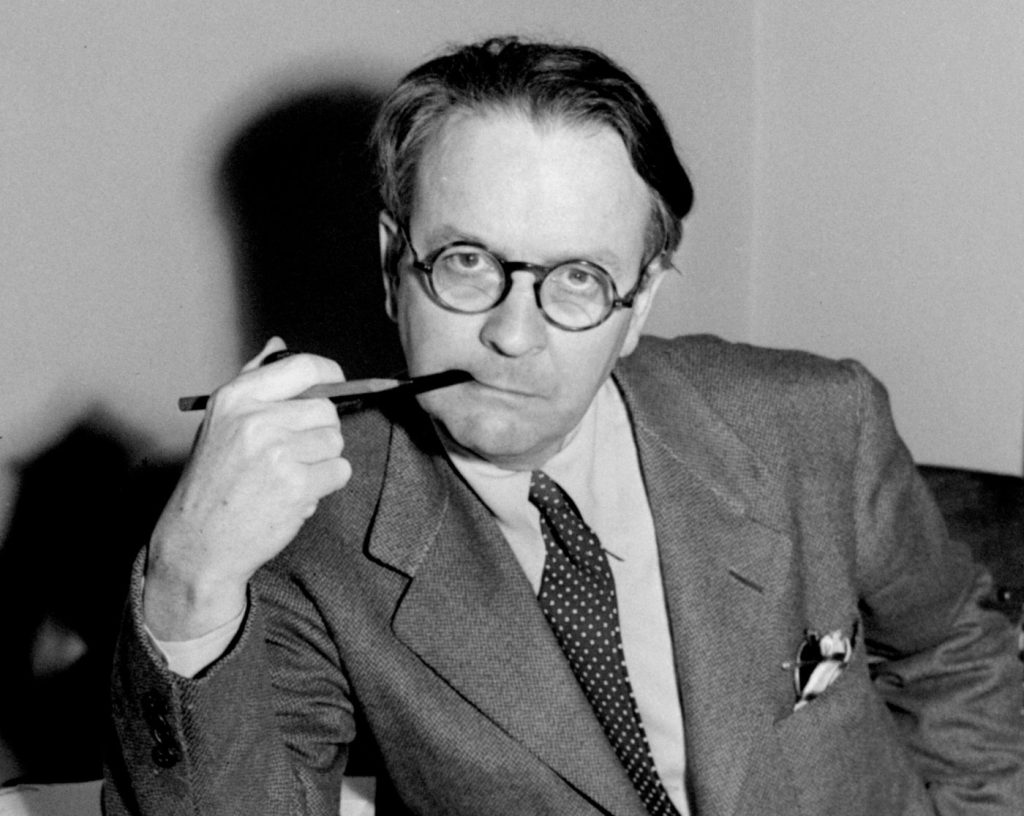In a recent release by The Strand Magazine, a brief and rarely seen poem titled “Nightmare” by famed author Raymond Chandler has surfaced, showcasing his unique ability to blend unsettling imagery with personal introspection. Known for his crime fiction masterpieces such as “The Long Goodbye” and “Farewell, My Lovely,” Chandler's creative prowess appears to extend even into his dreams, as he conjures chilling scenes reminiscent of the works of literary giants like Kafka and Edgar Allan Poe.
“Nightmare” depicts an unsettling scenario in which Chandler imagines himself imprisoned for an unremembered murder. The environment is claustrophobic and strange, populated by cellmates including two unfamiliar men and a pregnant woman named Elsa. Notably, a piano occupies the corner of the cell, which must be played while lying down after nine o'clock. This surreal setup encapsulates the haunting quality of Chandler's imagination, revealing deeper fears and existential musings.
As the poem unfolds, the gravity of his imagined plight deepens. Chandler expresses his anxiety about an impending execution, illustrating the dread of confinement through the words of a guard who ominously informs him that he will eventually receive a letter, written in his own hand, detailing the date of his hanging. This dark twist in the narrative adds an additional layer of psychological complexity, characterizing Chandler's command over tone and atmosphere.
The poem was recently uncovered among the belongings of Chandler’s assistant, Jean Vounder-Davis, which were auctioned off last year through the Doyle auction house. This auction not only featured “Nightmare” but also included Chandler's 1953 Olivetti Studio 44 typewriter, unpublished manuscripts of early novels, and a candid two-page list of 46 things he detested, ranging from “golf talk” to “novels about people who can’t make any money.”
Andrew F. Gulli, the Managing Editor of The Strand, purchased “Nightmare” at auction but chose not to disclose the purchase price. In his commentary about the piece, Gulli praised its effectiveness in highlighting Chandler's talent for concise storytelling, affirming that “Nightmare” likely originated in the early 1950s, prior to the death of Chandler's wife, Cissy, who passed away in 1954.
Chandler scholar Tom Williams, who authored the 2013 biography “A Mysterious Something in the Light: The Life of Raymond Chandler,” categorizes “Nightmare” as a distinctive example of Chandler's quirky and spontaneous notes meant for Vounder-Davis. He notes a particularly intriguing aspect of the poem: Chandler humorously equates the grim experience of receiving a death notice with receiving a rejection letter. This insight raises questions about Chandler's perception of success and rejection in his writing career.
Williams elaborates that Chandler often portrayed writing as a breeze, claiming that his first story, “Blackmailers Don’t Shoot,” was promptly accepted. However, this poem's tone hints at a more complex reality where Chandler may have faced rejections that he rarely, if ever, acknowledged. It provokes curiosity about whether Chandler encountered setbacks during his early career in pulp fiction or if he was alluding to earlier rejections that shaped his literary journey.
Overall, the discovery of “Nightmare” offers a fascinating glimpse into Raymond Chandler's creative mind, resonating with themes of existential dread and the nuances of personal and professional failure.










